Deer are browsers, which means that they eat a variety of plants depending on the season. But what about lamb’s ear? Is this something that deer will eat?
Lamb’s ear is a common plant that is found in many gardens. It has soft, furry leaves and can reach up to two feet in height. The plant is native to Europe and Asia but can now be found in other parts of the world too.
In this post, we take a look at whether deer will eat lamb’s ear or not. We also look at what you can do to keep deer away from your garden if you don’t want them eating your plants.
Do Deer Eat Lamb’s Ear?
No, deer do not eat lamb’s ear plants. The leaves of the plant are too tough and hairy for deer to eat. The texture makes the plant unpalatable to deer, so they will avoid eating it. This means that you can rest assured that your lamb’s ear plants are safe from hungry deers.
However, deer can still come into your garden and trample on lamb’s ear plants. This can damage the plant and make it look unsightly. That’s why it’s important to take steps to keep deer away from your garden if you don’t want them eating your plants or trampling on them.
How to Protect Lamb’s Ear from Deer?
There are a number of effective ways to keep deer away from your garden. Let’s look at my top five:
1. Remove sources of food
If there’s nothing for the deer to eat, they’re less likely to come into your garden in the first place. As such, the first step is to remove anything that might be attracting deer to your garden. This includes things like bird feeders, pet food, and fallen fruit from trees.
You should also make sure to keep your garbage cans securely closed so that the deer can’t get into them and rummage through your trash. By taking away the food sources, you’ll make your garden less attractive to deer and reduce the likelihood of them coming in.
2. Fencing
Perhaps the only guaranteed way to keep deer out of your garden is to erect a fence. A good fence will deter deer from entering your garden and keep them away from your plants.
When choosing a fence, it’s important to choose one that is tall enough and made of sturdy material. Deer are good jumpers, so the fence needs to be at least eight feet tall.
There are many types of fencing materials that you can choose from. Some good options include wire mesh, chain-link, and welded wire. I like using this netting from Amazon as it’s tall enough to keep deer out and it’s also easy to set up.
Whatever type of fence you choose, make sure that it is in good repair and that there are no gaps or holes that the deer can get through.
3. Deer Repellents
There are a number of deer repellents available on the market that can help to keep deer away from your garden. These repellents work by making the plants taste bad or by emitting a scent that deer don’t like.
Repellents are a good option if you don’t want to put up a fence or if you’re looking for something that is more temporary. They’re also relatively easy to use and can be applied to specific areas of your garden that you want to protect.
There are many different deer repellents available, so it’s important to choose one that is effective and safe to use around plants. I like this Bobbex repellent as it’s made from all-natural ingredients and is safe to use around plants.
When using repellents, make sure to follow the instructions on the packaging. You may need to reapply the repellent after it rains or if the deer are particularly persistent.
4. Sonic Sound Devices
Another way to keep deer away from your garden is to use a sonic sound device. These devices emit a high-pitched noise that is only audible to animals. The noise is designed to be unpleasant and will deter the deer from coming into your garden.
Sonic sound devices are a relatively new way to keep deer away and there is still some debate about how effective they are. However, I’ve found that they can be helpful in deterring animals from entering your garden.
5. Sprinklers
An unexpected but effective way to keep deer away from your garden is to use a sprinkler system. The sudden blast of water from the sprinklers will startle the deer and deter them from coming into your garden.
You can buy standalone sprinklers that you can set up in your garden, or you can connect your existing hosepipe to a timer so that the sprinklers will come on automatically.
Whichever option you choose, make sure that the sprinklers are set to come on at random intervals so that the deer can’t get used to them. You may need to experiment with different settings to find what works best.
Can Lamb’s Ear Be Used as Deer-Resistant Fencing?
Yes, lamb’s ear can be used as deer-resistant fencing. Deer won’t nibble on a lamb’s ear because of its fuzzy texture. The plant can grow up to three feet tall, making it an ideal height for a deer-resistant fence. When creating a lamb’s ear fence, make sure to space the plants 18 inches apart so that they have room to grow.
You can also add other deer-resistant plants like mint, lavender, or rosemary to your lamb’s ear fence. These plants will not only deter deer but will also add a nice scent to your garden.
Conclusion
The good news is that deer dislike lamb’s ear and are unlikely to eat it. This makes lamb’s ear an excellent choice for deer-resistant fencing. The plant is easy to grow and can add a nice touch of greenery to your garden.
There are a number of different ways that you can keep deer away from your garden. Fences, repellents, sonic sound devices, and sprinklers are all effective methods. Choose the option that best suits your needs and budget.
Do you have any tips for keeping deer away from gardens? Share them in the comments below!
Tim is an avid gardener from the UK. He was the founder of PlantCarer.com from 2021 to Sep 2023. He sold PlantCarer.com to Aaron. He has since started his own business called Seed To Supper, which provides new gardeners all the materials you need in a box (pots, seeds, compost and instructions) to grow your own delicious and nutritious vegetables and herbs from start to finish – no garden required.



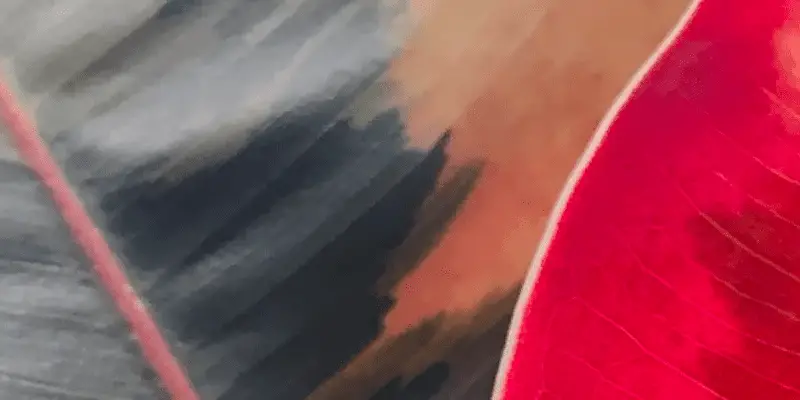
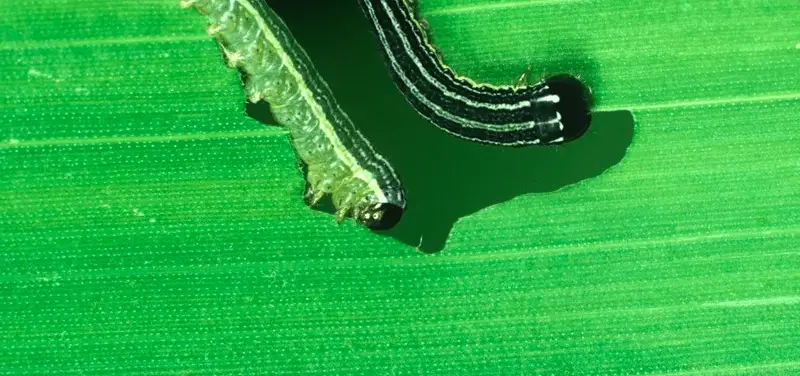
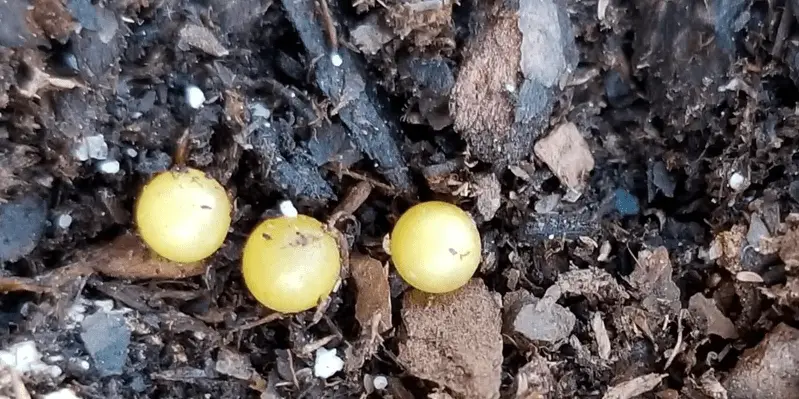
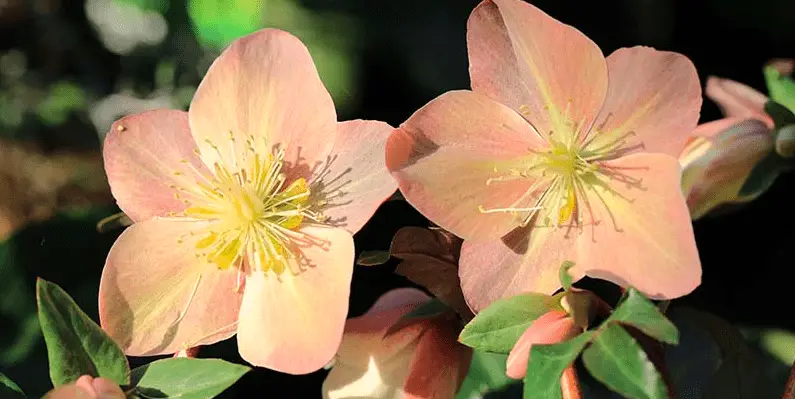
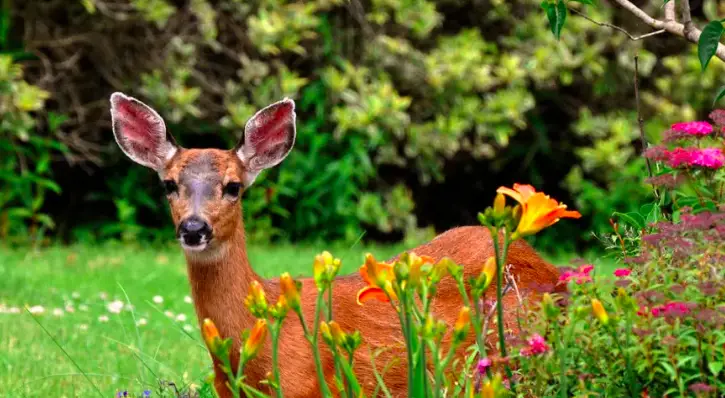


0 Comments